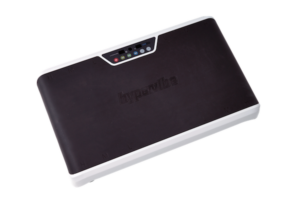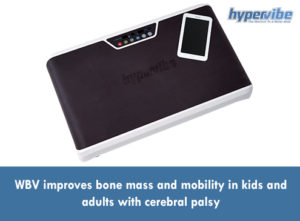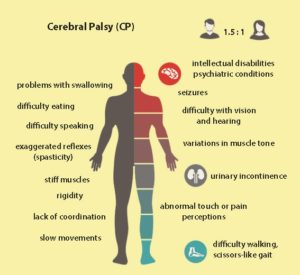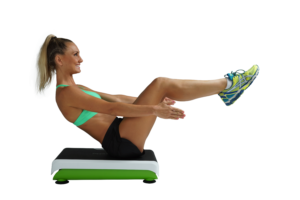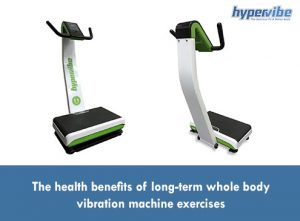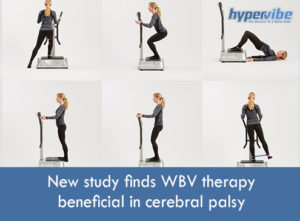Kids with toe walking, short-term improvements after WBV
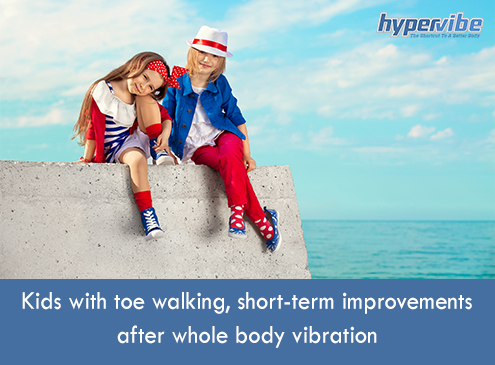
A gait abnormality that affects children, toe walking is defined as a condition where a kid walks on his toes, without putting weight on his heels or other parts of the feet. Quite common when children first begin to walk, TW does not describe a normal walking pattern, and although most kids adopt normal walking as they grow older, it is not necessarily true that all children will outgrow this condition.
In some kids, toe walking is associated with other developmental problems, such as Duchenne muscular dystrophy, a paralytic muscle disease caused by gene mutations, muscle spasticity, autism or cerebral palsy. Children with foot drop may also suffer from TW, and those with congenital short Achilles tendons may adopt this abnormal walking pattern. Trauma and arthritis can be other causes of TW, but for idiopathic toe walking, the cause is unknown.
If kids continue to walk on their toes past the age of 3, the abnormality should be evaluated by a specialist. Physical therapy may be prescribed as treatment, and activities like stretching, muscle strengthening, bracing and sensory input may be recommended, but there’s no standard treatment protocol that works in all kids with this condition. For this reason, some physicians recommend doing nothing at all and just observing how the walking pattern evolves, while others recommend physical therapy or even surgery.
Whole body vibration in kids with idiopathic toe walking
Australian researchers recently published a study in the Journal of Child Neurology showing that applying multiple doses of whole body vibration to children with idiopathic toe walking results in temporary improvements of heel contact and angle range of motion. The study aimed to determine whether WBV is a viable solution for improving the range of motion, spatial and temporal gait parameters and heel strike in kids with TW.
Vibrations were applied for 5 sets of 1 minute each, with 1min rest between sets. Gait parameters were measured before the intervention, 1, 5, 10 and 20 minutes post intervention, with an electronic walkway. 15 kids participated to this study, their average age being 5.9 years. Although the results were unsustained 20 minute post vibration, this therapy method is worth being explored as a potential addition to existing treatments.
A similar study was conducted 2 years ago by American researchers, showing no significant differences between the walking patterns of kids who received whole body vibration and those who were assigned to the control group and received no WBV.
Yet, the mentioned study did find something interesting: after investigating the walking patterns of kids with ITW on three different surfaces – a rounded gravel surface, a standard pile carpet and a smooth gait lab floor, the scientists discovered that the ITW children walked with significantly lower heel height on the gravel surface. Even more interesting was the fact that ITW kids and typically developing children showed similar gait patterns when walking on the gravel surface.
As said, the researchers were also investigating the effects of vibration machines in children affected by this condition. They discovered that kids with toe walking are more sensitive to vibrations than healthy children, and wanted to see whether applying vibrations to this group of patients will affect their walking patterns in a significant manner.
15 kids with ITW and 15 typically developing children were involved in the study, and asked to walk barefoot on a walkway before and after receiving whole body vibration treatment. The vibration frequency used in this study was 30Hz of frequency, and each WBV session lasted for 60 seconds. The results didn’t show significant differences, but the researchers highlighted the fact that they used a machine with limited capabilities.
Further studies will be needed to conclude whether whole body vibration can play a positive role and lead to long-term results in children with idiopathic toe walking.
Have something to add to this article? Comment below or join our Facebook community and share your thoughts with us!






